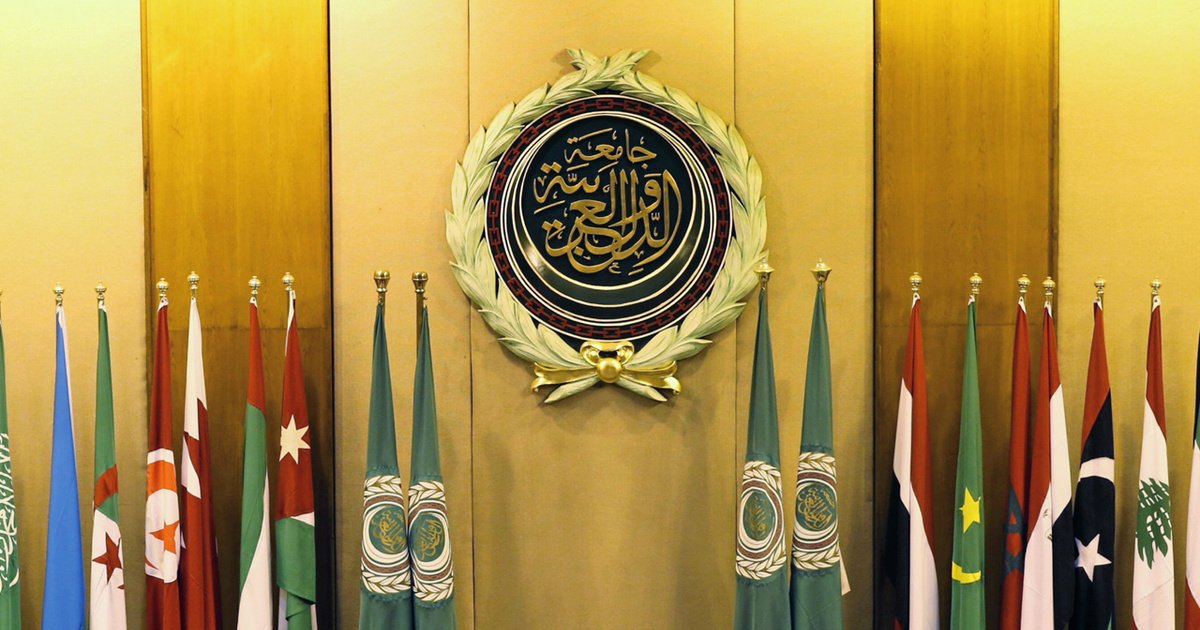On Friday, May 19, the Arab League held one of its most relevant summits in recent years in Jeddah, Saudi Arabia.
The importance behind the summit lies not in what was discussed, but rather about who was present to discuss the proposed issues. For the first time in over a decade, Syrian President Bashar Al Assad was invited to the summit, marking the end of the 12-year-long ban that started after Assad violently repressed anti-government protests across Syria.
The Death of the Arab Spring?
Many have seen Assad’s warm return among Arab autocrats as the death of the mass protest movement that erupted across the Arab World in 2010-2011. Indeed, the Syrian government was one of the most internationally vilified regimes in the world for its handling of the protests, and the subsequent civil war.
Assad stepping into Jeddah, shaking hands, and hugging Gulf and other Arab leaders is therefore highly significant. Indeed, just a few years ago, Gulf states were funding some of the armed Syrian opposition groups to overthrow the current government. The red-carpet entrance he was given this May would have been nearly unimaginable in 2012.
Observers were quick to point at Assad’s images with Egyptian President Abdel Fattah Al Sisi, and Tunisia President Kais Saied. Egypt and Tunisia were the two first countries to revolt in the Arab Spring, and both managed to overthrow their presidents after decades of authoritarian rule.
However, Sisi has turned Egypt into an authoritarian police state following his coup d’état in 2014, and Saied is currently accused of turning Tunisia back into a dictatorship by dismantling the democratic institutions created following the revolution.
Assad’s meeting with these two men seemed like a symbolic cathartic epilogue to the Arab peoples’ attempts at freedom and democracy.
Yet, attributing the Arab Spring’s fate to the Arab League is a highly flawed interpretation when observing the league’s history and its member states’ modes of government.
Indeed, ever since its founding, the Arab League has mostly consisted of absolute monarchies, authoritarian states and, at best, flawed pseudo democracies such as Lebanon or post-revolution Tunisia.
Assad’s Syria, if anything, fits very well within this group, and his past isolation was more in line with geopolitical goals of other states rather than human rights or humanitarian values.
But Why Was Syria Welcomed Back Now?
There can be several reasons as to why Arab states, most notably the majority of Gulf states, decided to shift their policy on Syria. At first, many have mentioned the Gulf states’ attempts at curbing Iran’s influence in Syria, but other reasons have appeared as time went on.
Firstly, the prospects of an armed opposition overthrowing Assad are nowhere near as likely as they seemed at the beginning of the conflict.
With support from Russia, Iran, and Lebanon’s Hezbollah, Assad was able to regain control of most of Syria, with rebels, including Turkey-backed groups, only controlling pockets in the north and northwest, and US-backed Kurdish groups controlling the northeast.
Qatar is the only Gulf state to still be openly backing the rebels, while the United Arab Emirates normalized ties with the Syrian government back in 2018 and is now one of its biggest Arab allies.
Secondly, states such as Lebanon have been calling for a solution to the Syrian refugee crisis. Indeed, the normalization process also involves the gradual repatriation of refugees to Syria, where they face an uncertain fate. Many fear for their safety and living standards should they be forced back, but Arab rulers do not typically concern themselves with the wellbeing of their general populations.
Thirdly, the Captagon crisis has turned this drug into a major bargaining chip in Assad’s favor. In a recent meeting between Syrian and other Arab and Gulf officials in Jordan, the former agreed to ramp up efforts in stopping drug trade across its borders.
Captagon is believed to be a major source of revenue for the Syrian government, and it is believed to be often smuggled to Gulf states. The latter are attempting to put an end to this trade, and normalizing with Assad in exchange for harsher measures against smugglers may be one way to deal with it.
Finally, one could believe that, very simply, the Gulf states called for a restoring of ties with Syria because they are able to.
With the United States’ disengagement from the Middle East, and the Gulf Cooperation Council (GCC) states’ increased leverage due to global energy dependency following Russia’s invasion of Ukraine, GCC states seem to be able to follow the geopolitics they desire, with little repercussions.
Indeed, while the US expressed its disapproval of Syria’s reintroduction to the Arab League, these words carried little weight. It is in Saudi Arabia and the UAE’s benefit to have a relatively stable Middle East with allied dictatorships surrounding them.
Additionally, with Saudi Arabia resuming ties with Iran, the country seems to feel emboldened to play with both pro- and anti-Western countries and reap benefits from both.
Despite all this, further developments remain to be seen. Saudi Arabia and Syria have attempted to form stronger ties with each other in the past, only for these relations to sour on several occasions. One thing that is certain, however, is that states known for repressing their own peoples may fight over interest, but not over democratic or humanitarian goals.


